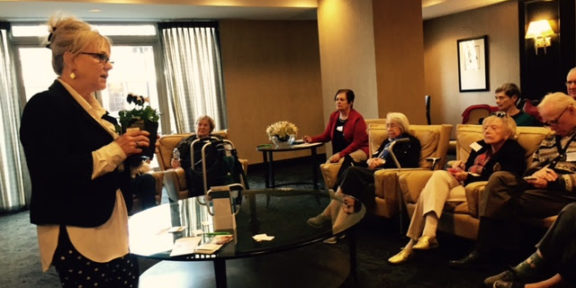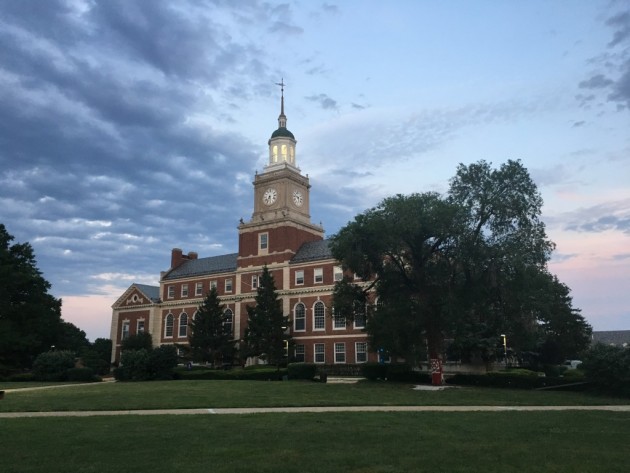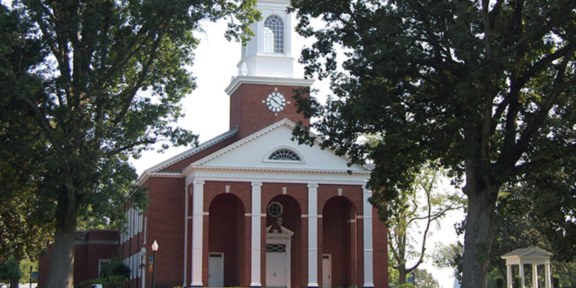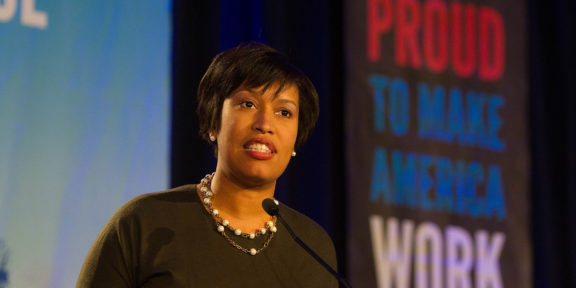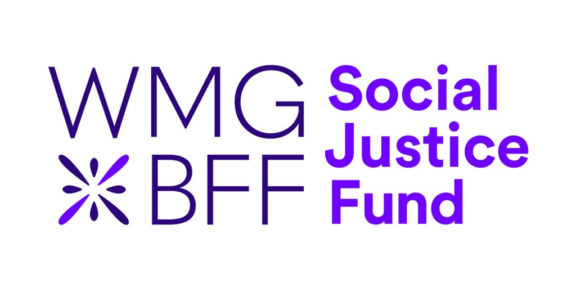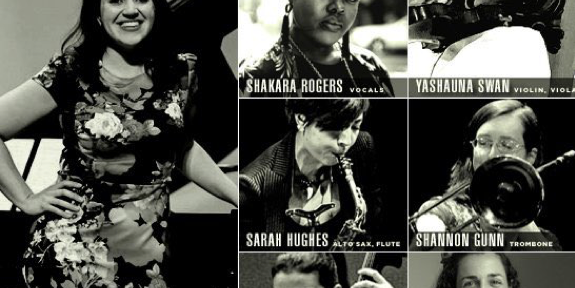By Michael Burgess II, Howard University News Service
The chorus from the O’Jays 1973 hit “For The Love of Money” plays loudly from a shared screen showing a green-and-white Powerpoint slide titled “Play to Win: Financial Literacy Coaching” in green writing.
Eric Smith, a financial literacy coach from Lake Martin, Alabama, held a workshop last Wednesday for approximately 35 Howard University students, sharing the themes of credit, budgeting and money management.
Smith, who spent 28 years as an executive banker in Atlanta, has worked for the NFL and the NBA and has also helped college athletes financially navigate through the draft process.
Hosting the event, Smith began by defining financial literacy as “having the knowledge to make good, solid financial decisions” and then made the event interactive, with a “money IQ quiz” featuring Jeopardy-themed questions such as: what a dollar bill is made of or what is a credit report?
Splitting financial literacy into three sections, Smith followed the topics of saving, planning, and spending. To start the saving section, Smith referenced a 2011 National Foundation for Credit Counseling (NFCC) survey that discovered that 64 percent of people have yet to figure out how to save $1,000.
A more recent survey from GOBankingRates in 2019 discovered that 69 percent of people had less than $1,000 in their savings account, while 45 percent said they have $0 in savings. Numbers like these explain the financial turmoil that people endured once the pandemic started.
Smith used these numbers to preface a common myth commonly used by those who don’t save money often: “I don’t make enough money to save money.”
He shattered this myth by introducing the notion of compounding interest. Simple interest is simple. If you put in $100 at 10% simple interest, the bank adds 10% of the amount you put in every year ($100, $110, $120, $130, etc.) However, with compounding interest, the bank adds 10% of the amount that is in the account ($100, $110, $121, $133.10, etc.)
On the notion of compounding interest, Smith showed that if you save $20 a week in an account that grows at a 10% compounding rate, you will have $1.33 million after 50 years. He tied it up with Albert Einstein’s quote, “Compound interest is the eighth wonder of the world. He who understands it, earns it. He who doesn’t, pays it.”
He also gave a success plan to saving, known as the “80-10-10” plan, in which you spend 80%, save 10% and give or invest 10%.
Through seven simple steps everyone can save according the Smith by (1) changing your mindset on saving, (2) setting a goal that you have for your savings, (3) creating a visual for you to follow, (4) paying yourself first or learn to automate your money, (5) resisting FOMO (fear of missing out), (6) not being afraid to spend your money and (7) using cash instead of cards when spending as people tend to value money more when spending cash. More than anything, Smith stressed that people find a job that they are passionate about and not to worry about the money.
When it comes to planning and spending, Smith gave students simple rules to follow. First, when it comes to planning, or budgeting, students must first create a spending plan, then create a habit, according to Smith.
A spending plan is a detailed itinerary to show how money will be spent to make a saving goal, whether it is a dollar amount or a certain percentage of your income. The plan must then be followed with regularity to truly see an impact.
When it comes to spending, Smith recommended avoiding bad debt such as credit card debt. For the students, Smith advised them not to refinance their student loans to a private student loan lender and instead keep their federal student loans federal.
To wrap up the workshop, Smith recommended getting a plan, saving money and being careful with credit.
Dr. Joycelyn Thomas, the director of Howard University’s Center of Tutoring & Learning Support Services, co-hosted the event along with Smith. She said the event was essential in getting students on the right financial track.
“[Howard University] has intentions of making sure that students are well aware of how to manage their money,” ensuring that students “are more mindful, smart and informed about how money works,” she said.
The workshop was part of a wider conversation about generational wealth and the things that generate wealth.
When asked if the pandemic amplified the need for workshops like this, Thomas acknowledged that the pandemic exposed not just the wealth gap or the gap in access to money and federal financial assistance but also people’s lack of money management. For the students who attended the workshop, Thomas hoped that the students “will use this workshop to learn how to manage their money and start saving now so they can have money to fall back on in the future.”


